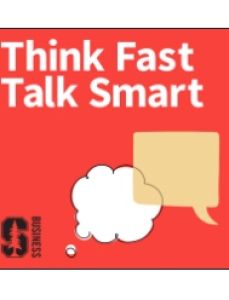
Writing to Win: How to Quickly Capture Readers and Keep Them Engaged
Think Fast, Talk Smart Podcast
Recommendation
Many people think their essays should open with a slow build, but that usually wastes time and space. Instead, open with your most important facts and main point, professor Matt Abrahams and New York Times editor Glenn Kramon advise in this Stanford Business School podcast. Know your audience, sound like who you are and don’t try to impress people by using jargon – half your readers won’t know what it means anyway. People engage with stories that feature concrete characters and rich emotions, not statistics and abstractions. And, if you want to be a writer, keep a daily journal. It’s great practice.
Summary
About the Podcast
The Stanford Graduate School of Business, where Matt Abrahams teaches strategic communication, produces the Think Fast, Talk Smart podcast. Glenn Kramon has been an editor at The New York Times for more than 30 years.









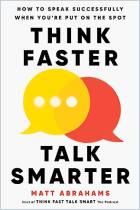
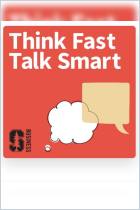
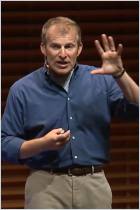

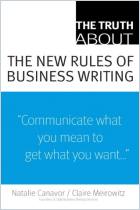
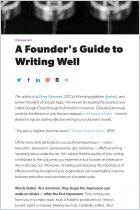
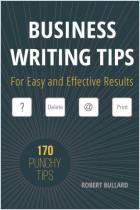
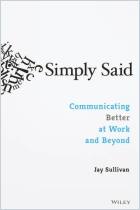
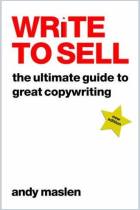
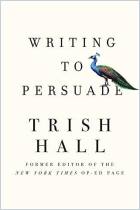



Comment on this summary